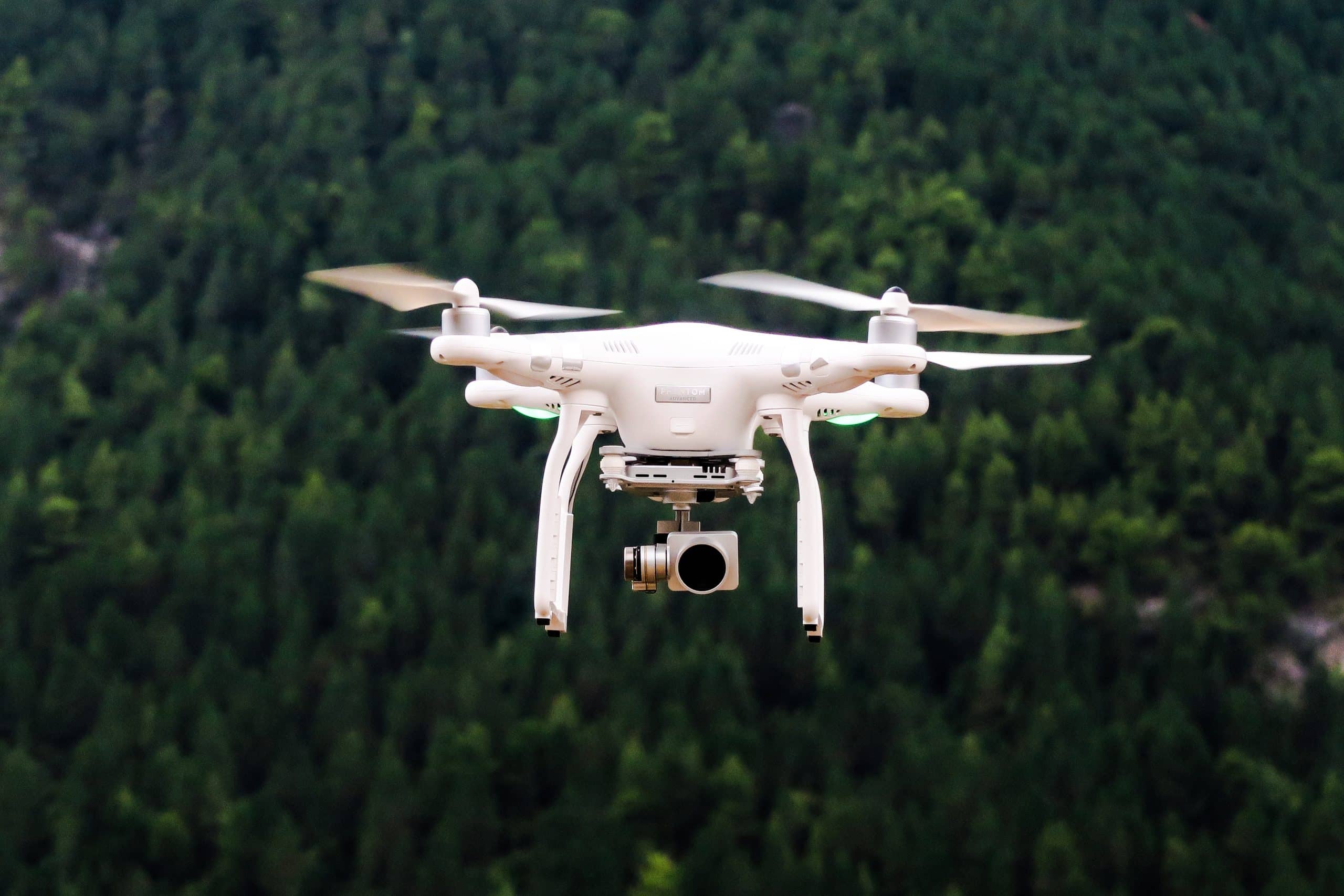How drones are changing the face of delivery services

In recent years, we’ve witnessed a significant transformation in the delivery industry, largely fueled by advancements in drone technology. From the speed of delivery to the accessibility of remote areas, drones are revolutionizing the way companies approach logistics and customer service. Drones have emerged as a game-changer for the delivery sector, promising a future where drone deliveries are not just a novelty but a fundamental component of supply chain operations. As we delve into the potential impact of this technology, we must consider the efficiency, cost, and added value that drones bring to the table, as well as the challenges they must overcome. This article explores how drones are not only defining a new era for delivery services but also reshaping the expectations of customers and the operational dynamics of businesses across various industries.
The dawn of drone delivery services
Drones have transcended from being primarily used for surveillance and photography to becoming pivotal in the delivery landscape. They offer a glimpse into a future where the sky is dotted with unmanned vehicles delivering packages to our doorsteps. The promise of drone delivery services rests on the potential to enhance speed, reduce delivery time, and lower logistics costs, all while offering an eco-friendlier alternative to traditional delivery methods.
Cela peut vous intéresser : How can AI-powered virtual assistants improve productivity?
The promise of speed and efficiency
Speed is of the essence in today’s fast-paced world, where consumers expect near-instant gratification. With drones, businesses can significantly cut down delivery time. A journey that might take a delivery truck hours to complete due to traffic congestion can be done in a fraction of the time by a drone. We’re looking at min read times for distances that would have taken much longer through conventional means.
Reaching new heights in accessibility
Drones also have the potential to reach areas where traditional delivery services may struggle. Remote and rural areas can benefit greatly from drone technology, as it extends the reach of businesses and healthcare providers to deliver essential items like medical supplies. This capability to access hard-to-reach places is not just a logistical advantage but also a lifeline for communities that are otherwise cut off from regular supply chains.
Cela peut vous intéresser : The impact of technology on mental health: a new perspective
Cost reduction through drone operations
Cost is a critical factor for businesses, and drone-based delivery systems can offer significant savings. The reduction in labor and fuel costs associated with drone operations can provide economic benefits that companies can then pass on to their customers. Moreover, with advancements in battery life, drones can fly longer distances, further reducing the cost per delivery over time.
Weathering the storm: challenges for drone deliveries
While the potential of drones delivery services is vast, there are challenges to overcome. Weather conditions, air traffic regulations, and technological constraints are just some of the hurdles that must be addressed before drone deliveries become a common sight.
Battling the elements
Drones, particularly the smaller models, can be sensitive to weather conditions. High winds, rain, and extreme temperatures can interfere with flight operations, posing a challenge for reliability. Companies will need to develop drones capable of withstanding diverse weather scenarios to ensure consistent service.
Navigating regulatory airspace
Air traffic regulations are another significant obstacle. To safely integrate drones into the airspace, there must be clear and comprehensive guidelines that allow for commercial drone operations without compromising the safety of manned aircraft. This regulatory framework is still in development, with many countries piloting programs to test and refine the rules.
Technological barriers
Finally, there are technological barriers to consider. Ensuring the safe and accurate delivery of packages requires sophisticated guidance and control systems. This includes reliable communication between drones and control centers, precise navigation capabilities, and secure landing mechanisms to prevent theft or damage to the cargo.
The impact on traditional delivery services
The emergence of drone deliveries is prompting traditional delivery services to re-evaluate their operations. While drones may not replace trucks and vans entirely, they are a compelling complement to existing supply chain models, especially for last-mile delivery.
The last-mile delivery evolution
Last-mile delivery is often the most expensive and time-consuming part of the shipping process. Drones are particularly well-suited for this final stretch, as they can bypass traffic and navigate directly to a customer’s location. This not only improves delivery time but also reduces the environmental impact associated with traditional delivery services.
Competition and collaboration
Companies within the delivery industry must decide whether to view drones as a threat or an opportunity. Some may choose to invest in their own drone fleets, while others may partner with specialized drone delivery companies. Either way, the competition is likely to increase, driving innovation and potentially leading to better services for customers.
Adapting to new market realities
As drone technology continues to evolve, traditional delivery services will need to adapt to stay relevant. This might include enhancing their logistics software to integrate with drone operations or retraining staff to manage and maintain a fleet of drones. The industry’s ability to embrace and integrate new technologies will be critical to its future success.
A glimpse into the future of drone-based deliveries
Looking ahead, it’s clear that drone-based delivery systems are set to become an integral part of the logistics landscape. As technology advances, we can expect drones to carry heavier loads, fly further, and operate with even greater autonomy.
Expanding operations and services
The expansion of drone operations will likely continue to grow beyond package delivery to include other services. Drones could play a role in agriculture, surveillance, or even provide emergency aid during natural disasters. As their capabilities expand, so too will the range of industries they touch.
Innovation in drone technology
Innovation will be key to realizing the full potential of drone deliveries. Advances in AI, improvements in battery life, and more robust designs will enable drones to perform more complex tasks. As these technologies become more sophisticated, the cost and barriers to entry will likely decrease, making drones an option for even more businesses.
Embracing sustainability and efficiency
Drones have the potential to make delivery services more sustainable. By reducing reliance on fossil fuels and optimizing delivery routes, drones contribute to a greener planet. Companies that prioritize sustainability will find drones an attractive option for reducing their carbon footprint while improving efficiency.
Conclusion: anticipating a sky filled with delivery drones
In summary, drones are set to transform the face of delivery services in unprecedented ways. While there are certainly challenges to navigate, from weather conditions to regulatory hurdles, the potential benefits of drone deliveries make it an exciting time for the logistics and supply chain industries. As companies continue to explore the possibilities and push the boundaries of drone technology, we can expect to see faster, more cost-effective, and environmentally friendly delivery options become the norm.
The future of delivery is not anchored to the ground but is taking to the skies, promising a world where drones seamlessly integrate into our daily lives. As customers, you stand to benefit from the convenience and innovation that drone deliveries bring. As companies, you are presented with the opportunity to pioneer new supply chain solutions that will shape the industry for years to come. Keep your eyes to the sky—the next package you receive just might arrive with the buzz of a delivery drone.
